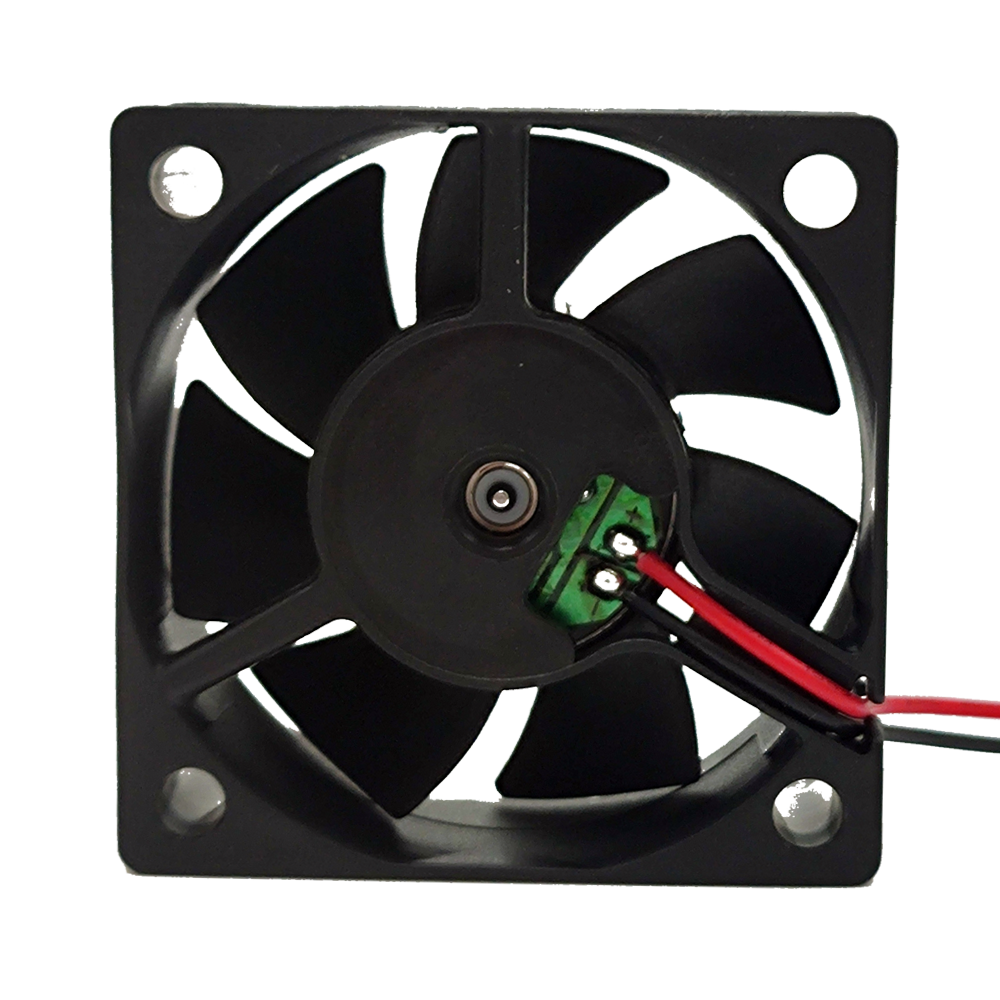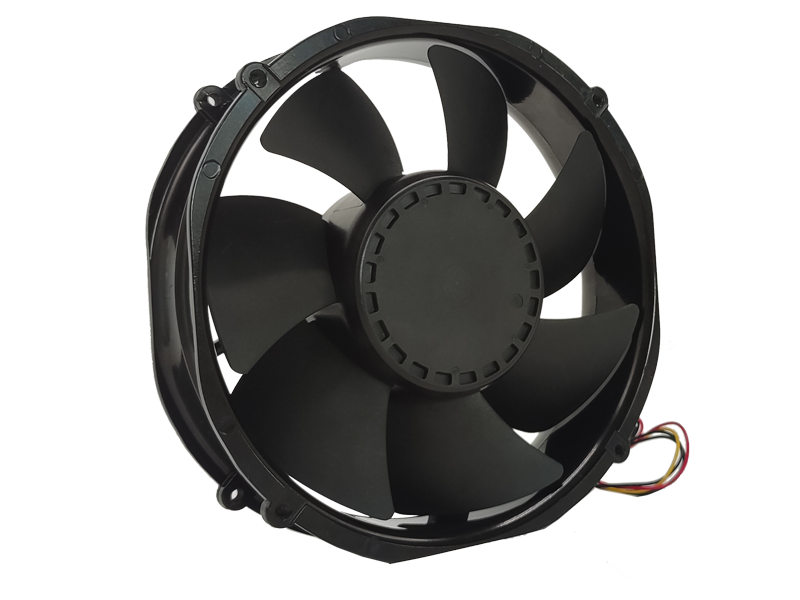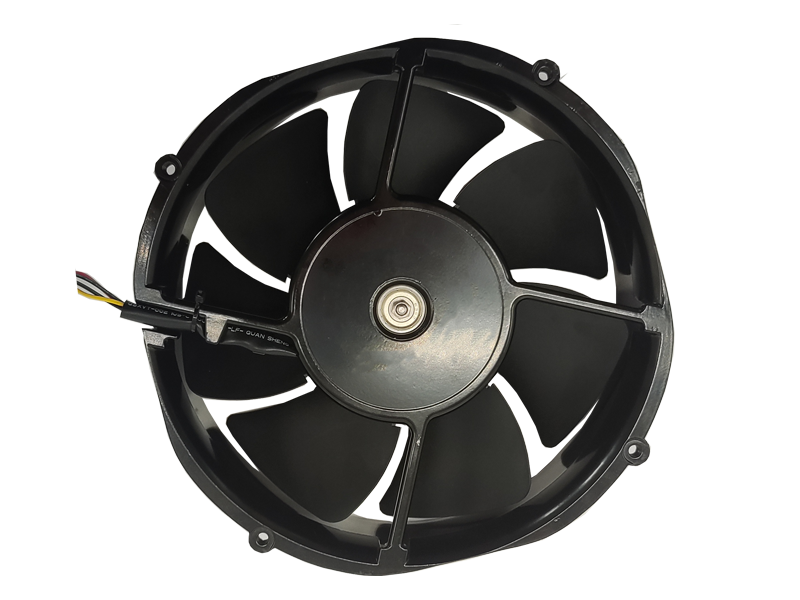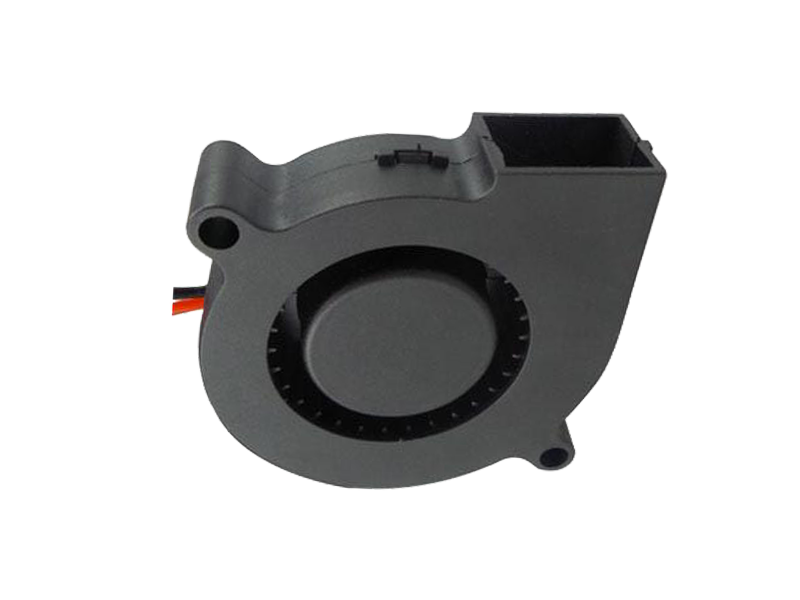Introduction
The Industrial Internet of Things (IIoT) has redefined industrial fans from passive equipment to active participants in smart manufacturing ecosystems. This article examines how connectivity, edge computing, and AI are creating fans that optimize their own performance while integrating with broader production systems.
1. Sensor Fusion: The Nervous System of Modern Fans
Today's industrial fans incorporate multi-parameter sensor arrays measuring:
Vibration (triaxial accelerometers at 24-bit resolution)
Temperature (RTDs with ±0.1°C accuracy)
Airflow (ultrasonic anemometers)
Power consumption (Rogowski coils for non-intrusive monitoring)
A German automotive supplier uses this data to implement digital twin models that predict thermal hotspots in painting booths with 92% accuracy, adjusting fan speeds preemptively to maintain paint curing temperatures within ±1°C.
2. Edge AI for Real-Time Decision Making
Onboard NVIDIA Jetson AGX Orin modules process sensor data locally, enabling:
Dynamic load balancing: Adjusting CFM output based on real-time production line demands
Anomaly detection: Identifying bearing degradation through motor current signature analysis (MCSA)
Energy optimization: Balancing fan speed with grid demand response signals

At a U.S. food processing plant, edge AI reduced energy costs by 19% by synchronizing fan operation with solar PV output fluctuations.
3. Integration with Industrial Control Systems
Modern fans communicate via OPC UA and MQTT protocols, seamlessly integrating with:
SCADA systems for centralized monitoring
MES platforms for production scheduling
ERP systems for maintenance cost tracking
A Swedish pulp mill achieved 15% throughput increase by linking fan systems to its paper machine's quality control loop, automatically adjusting humidity levels based on real-time fiber strength measurements.
4. Cybersecurity in Connected Fan Systems
With great connectivity comes great responsibility. Industrial fans now feature hardware-rooted security:
TPM 2.0 modules for secure boot
AES-256 encryption for data transmission
Role-based access control (RBAC) for OT networks
A UK pharmaceutical manufacturer prevented a ransomware attack by isolating fan systems through micro-segmentation, limiting lateral movement within the OT network.
Conclusion
The convergence of IIoT and industrial fan technology is creating systems that are not just smarter, but fundamentally more capable. As 5G and Time-Sensitive Networking (TSN) mature, we'll see fans becoming integral components of autonomous production cells, capable of self-optimizing in ways previously unimaginable.
Recommended Products

The main purpose:Car charging station

The main purpose:Car charging station

The main purpose:Electronic refrigerators, water dispensers, direct drinking machines, inverter power supplies
Address:No. 4137, Longgang Avenue (Henggang Section), Henggang Community, Henggang Street, Longgang District, Shenzhen
hotline:13530005572(Chen)15112579390(Li)


Welcome all friends to come for consultation and negotiation.
Copyright 2024 @ Shenzhen Youneng Xinyuan Electronics Co., Ltd.,(industrial fans,industrial blowers,axial fans,cooling fans manufacturer,centrifugal fans,ac cooling fans,dc cooling fans)